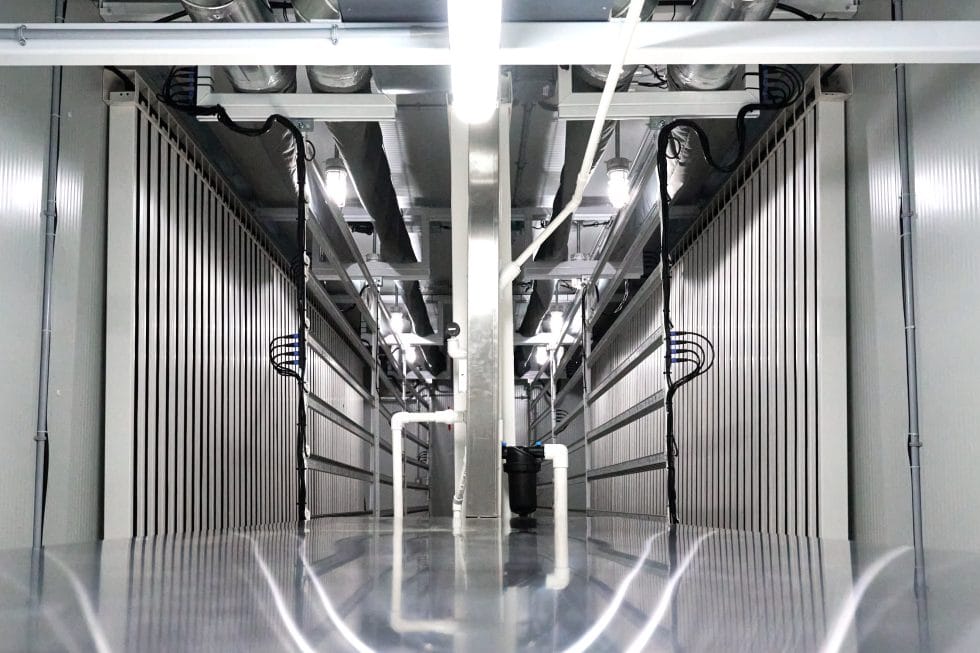Today, hundreds of farmers are operating rewarding, profitable indoor controlled environment farms in response to harsh climate, lack of arable land, challenges of supply chain, and global economic affairs.
Many farmers facing these constraints have found container farming to be a solution. It’s a burgeoning industry within the indoor agriculture space due to its unique turnkey approach in a small footprint, ability to grow anywhere, and access to specialty markets.
But it’s not just farmers getting into the world of container farming. The business model is gaining momentum with industry professionals, community leaders, and restaurateurs who often have no prior agricultural experience.
The most recent innovation at ZipGrow is the ZipPod. A turnkey fully functioning hydroponic container farming system. Designed to eliminate supply chain headaches by delivering produce where and when you need it.
Advancements in container farming have come a long way since they first became an option for indoor growing around 2009. The ZipPod is uniquely configured in a small enclosed space and utilizes specialized equipment, offering modern-day farmers unique benefits and challenges compared to other types of indoor hydroponic farms.
When starting an indoor commercial farm, container farms are the most cost-effective solution, but before you take a “leaf of faith” into the world of container farming, let’s look at how the ZipPod differs from other container farms and why it may be a good fit for you.
Not all container farms are made equal
There is some serious potential to run and operate a profitable business quickly when farming in a container. They are known to have a great ROI, and require minimal staffing.
The majority of container farms are built inside used freight containers, however, many farmers have failed in these units, so we need to be honest about what farming in a used shipping container is and isn’t.
Shipwrecked? Repurposed shipping containers
Standard shipping containers are usually between 100 and 400 square feet in size. One common misconception about the cost of container farms is that it is more affordable to build your own than purchasing a prefabricated farm. But cheap is never cheap. In reality, custom builds of container farms can get pricey as design can be very complex. It’s hard to foresee the cost of detailed irrigation and the challenges of achieving proper airflow and layout efficiency.

While you may be able to pick up a low cost container, consider that they are sold off at the end of their lifespan. For decades they probably had a rough life exposed to the elements of salt water on the open ocean or other harsh weather conditions on the road. And when you think of growing food in a sterile and clean environment free of mould, bacteria and dirt, a grungy old shipping container doesn’t really align with the output of fresh and nutritious food.
Containers modified to do a specialized thing will never be ideal. There will always be some compromise since they were originally built to ship products, not grow plants.
Built for a purpose
At ZipGrow we believe that intent informs design; when engineers design a product it should be created for the specific outcome you want to achieve.
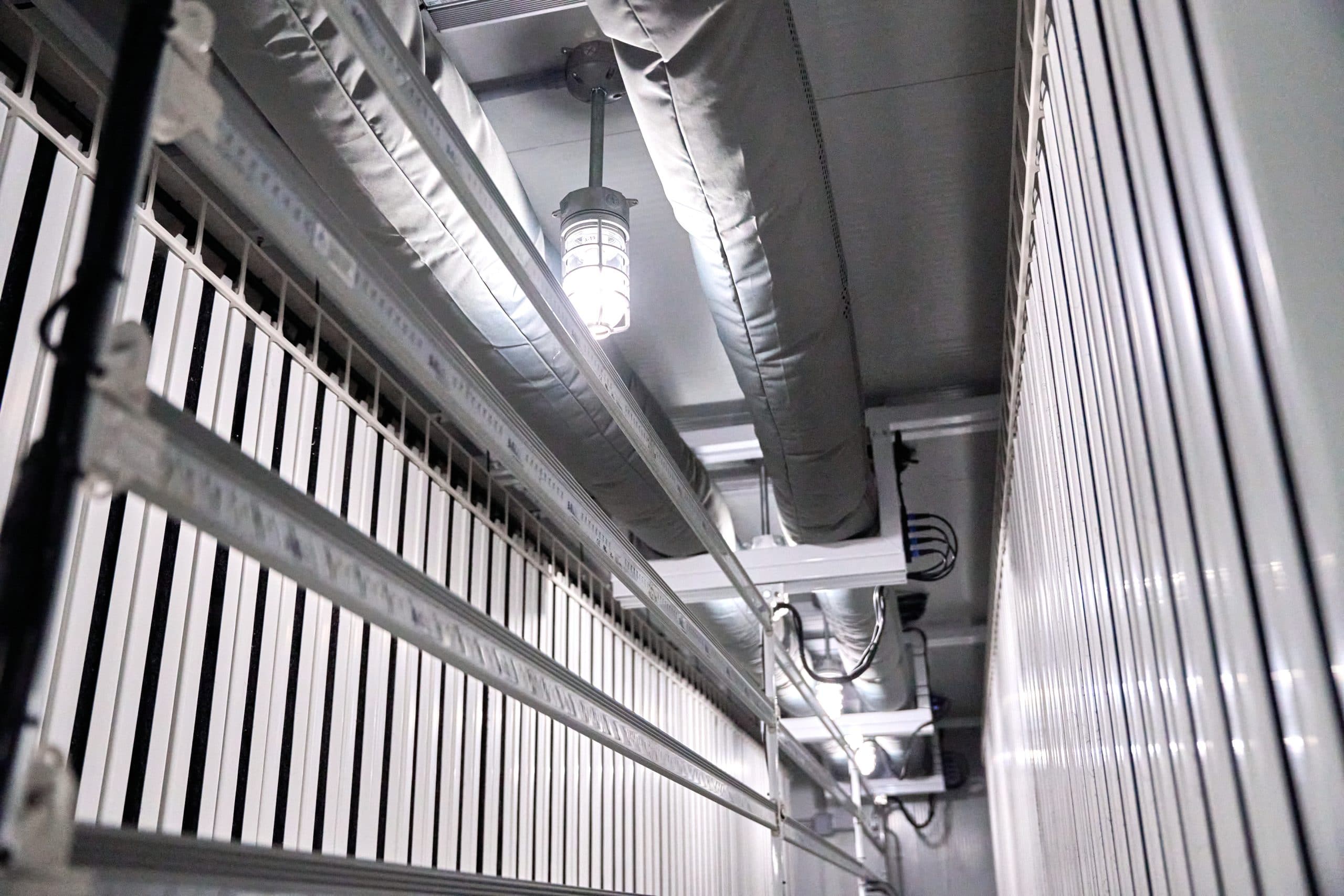
The ZipPod was specifically built for the task of growing lush healthy plants, it was designed with workability and maximum productivity in mind. It boasts extremely space-efficient equipment including the most advanced HVAC unit in the world (also purpose-built for CEA) and specialized plumbing that allows growers to target specific rows for flushing and irrigation.
We hesitate to call it a container as technically it’s a composite-steel customized- prefabricated building, but try saying that 3 times fast! So we’ll stick with purpose-built container. Its purpose: to increase food security to local communities by delivering perfect produce all year-round.
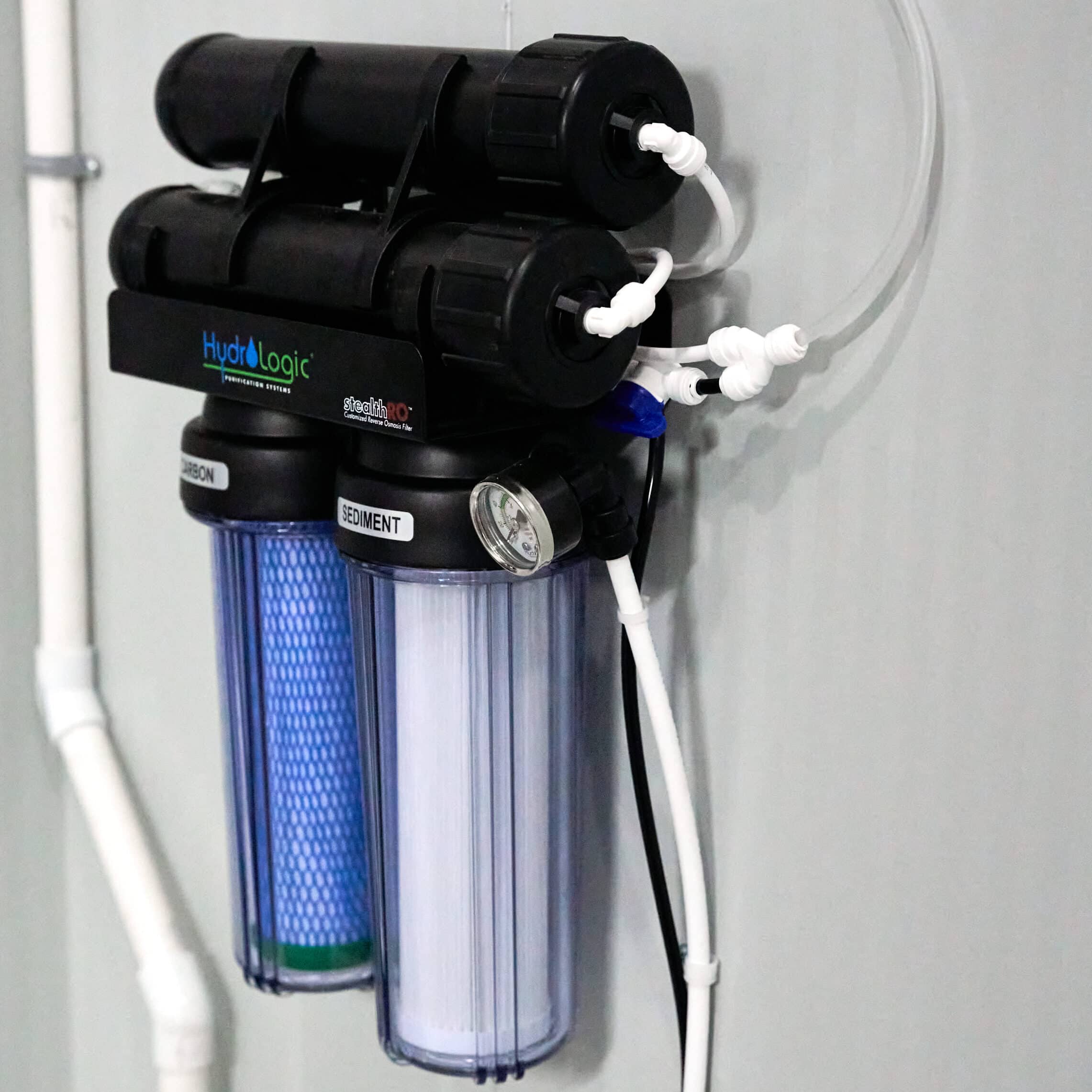
From electrical to Co2 monitoring to reverse osmosis, ZipGrow controls every part of the build from the first nut and bolt to the final loading on the truck, giving us maximum control over quality, providing you with a product built for longevity.
Size matters
It’s a similar way of thinking to that of a greenhouse build. This is the square footage you have to work in, so how do you make the best use of that space to have a great workflow and be producing maximum yield?
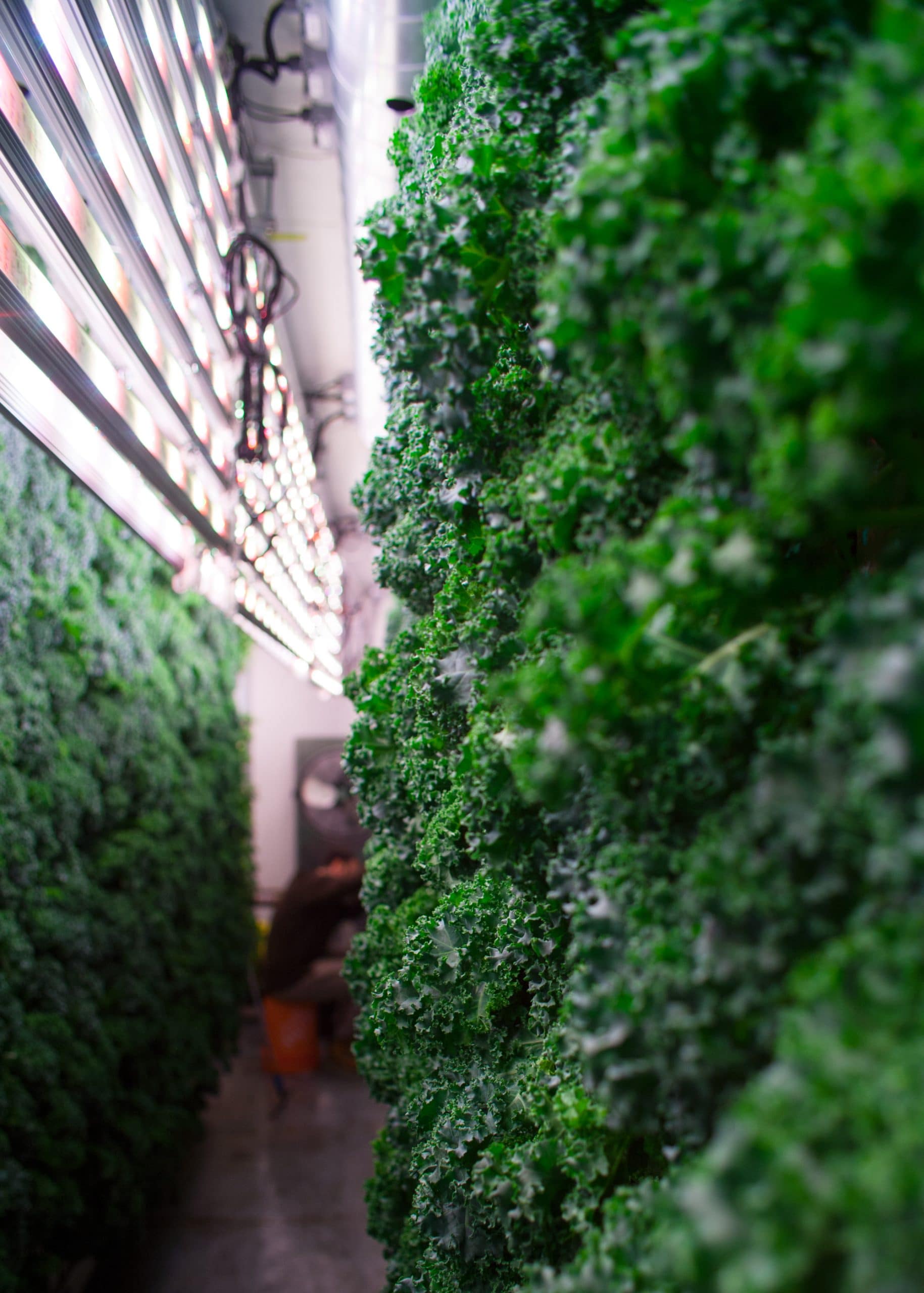
Traditional container farms are up to 320sq ft (3040 cubic ft) in size. The ZipPod was built supersized! It’s designed to maximize usable space and the larger 40’ (L) x 10’ (H) x 10′ (W) container provides an additional 1500 cubic ft. That extra space amplifies growing space and also allows for taller stature crops to be grown but more importantly, it increases air circulation, one of the most critical optimizations for producing quality crop yields.
Engineered in-house by a team of experts who understand a farmers needs, the setup makes the best use of that space. When you consider horizontal growing versus vertical, it’s kind of a no-brainer to maximize the square footage of growth within a restricted space. You can use the full height of the container while still maintaining workability.
Of course, we are pro Tower; it’s the core of all ZipGrow innovations and has been a successful growing method for ZipGrow farmers all over the world but when it comes to labor we have found that vertical plane systems simply outperform horizontal plane systems, even if they are stacked.
Want to fully understand why we advocate for true vertical over stacked plane? We break it down here in a previous blog.
Our engineering and Research and Development teams understand the importance of using facility volume rather than area and designing farms that capitalize on that. As a result, the ZipPod was planned and designed around years of exploration, challenging the innovation to be bigger, better and bolder.
Let there be light
Let’s face it, a container is essentially a giant steel box, with no windows in sight.
With no natural light penetrating the solid walls of the container, farmers look to complete
artificial lighting to illuminate crops. The LED lighting in the ZipPod offers relatively low heat output, longevity, and controlled timer settings, custom-built to our specifications.
This is where space also comes back into play. In a super dense container setup where you have tight aisles, the lighting is not being used to its maximum efficiency. It also can cause a problem with too much heat. Spreading things out and giving more space and more room for air circulation allows you to put more lights in, more efficient HVAC and optimal air conditioning. It allows you to grow a lot more plant material per square foot and farmers want big yields.
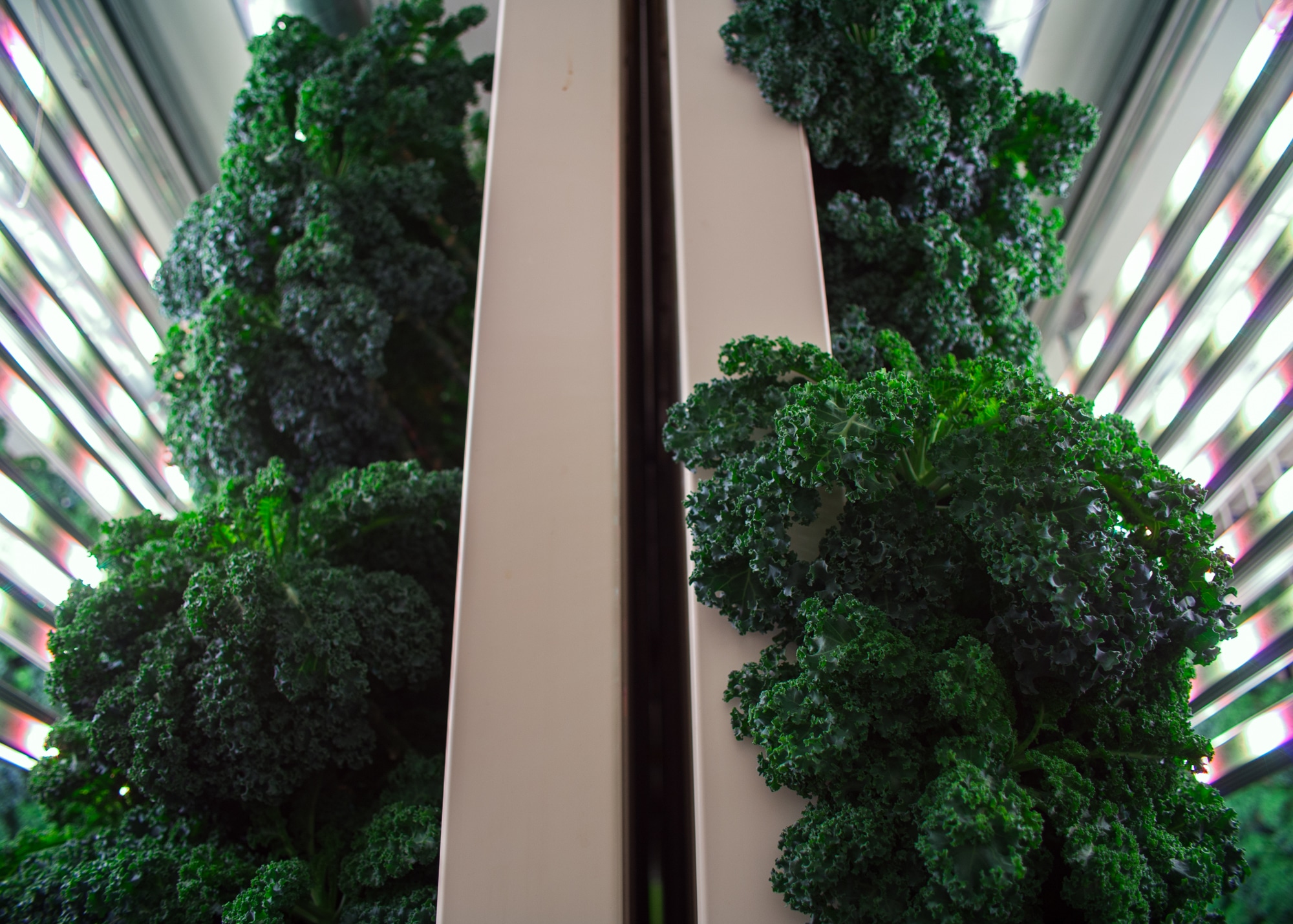
Grow with hydroponics, operate with happy humans
Did we mention size matters? And it’s not just for plants that you’ll want to have a space with workability in mind. Plants, as efficient as they may grow (especially in a Tower system), still need people, so you want that space to be as humane and comfortable as possible. Working inside an environment that is tight and narrow doesn’t always feel awesome.
The ZipPod is a turnkey solution that prioritizes people and their working environment. We understand that mental health is a key factor to longevity in the workplace and have designed the space to allow for employees to maneuver around aisles easily and work day after day with equipment and surroundings that they feel positive about.
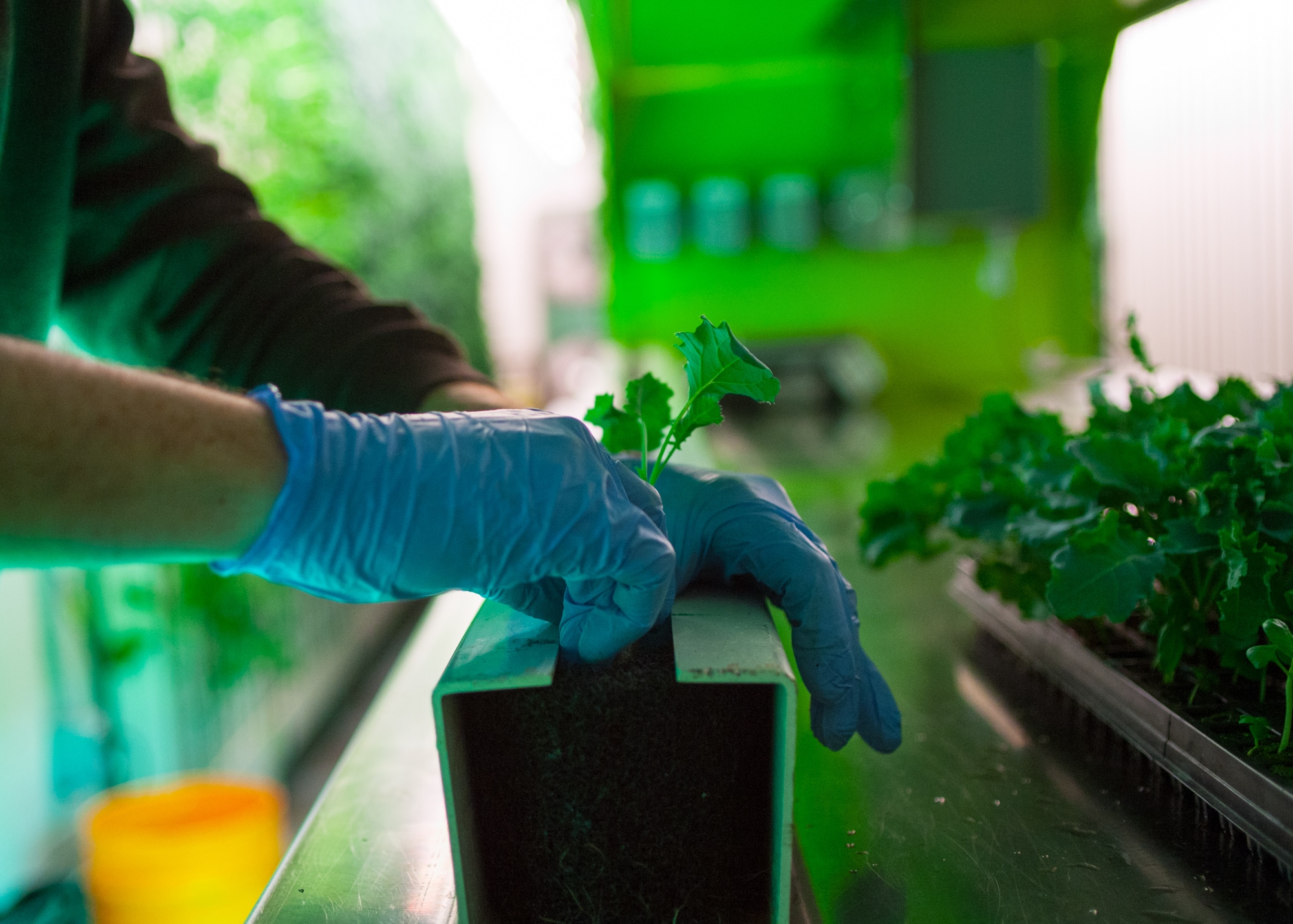
Part of our research looked thoroughly at workflow and the daily tasks in a farm to be sure that staff have easy access to monitor growth, manage pests, plant, harvest and clean. The fertigation table alone is 10ft x 40 inches centered in the farm so you can access it from all sides. Harvest day it’s all hands on deck, and the extra space allows for maximum productivity.
Safety for staff ranks high and often when considering container farms v’s other indoor farms a concern brought forward is the quality of air for workers since they are working in a “contained” space. While some systems can monitor and supplement Co2 levels, the system in a ZipPod truly monitors levels and includes a built-in emergency air evacuation system. If Co2 levels rise above a specified threshold the system will completely exchange all the air in the unit in under 3 minutes.
The bells and whistles
We’ve heard about plenty of growers that start container farm operations only to shut their doors months later. The common killers are inefficiencies in systems and oversold production estimations from suppliers that lead to unrealistic expectations from the grower. Beware of vanity metrics.
When considering your options of purchasing a container farm or retrofitting a container into a farm, look carefully at what matters most to operate a successful venture.
Let’s refresh on that:
- plant health
- human health
- viability
These are all areas that should be top of mind when looking at inclusions, the rest is just bells and whistles.
We’ve talked a little about plant health and human health, so let’s look at viability.
Revenue potential
While revenue potential varies from market to market, crop to crop, and grower to grower, we’ve seen a positive overall trend in produce pricing from container farms. Container farmers can usually reach the same pricing as other controlled-environment farms like a ZipFarm. As with any other indoor farm purchase, it’s important that you assess your market for what crops will be most desired in your region. Farmers that we see have the most success are ones that take advantage of some education like UpStart University prior to purchasing a system.
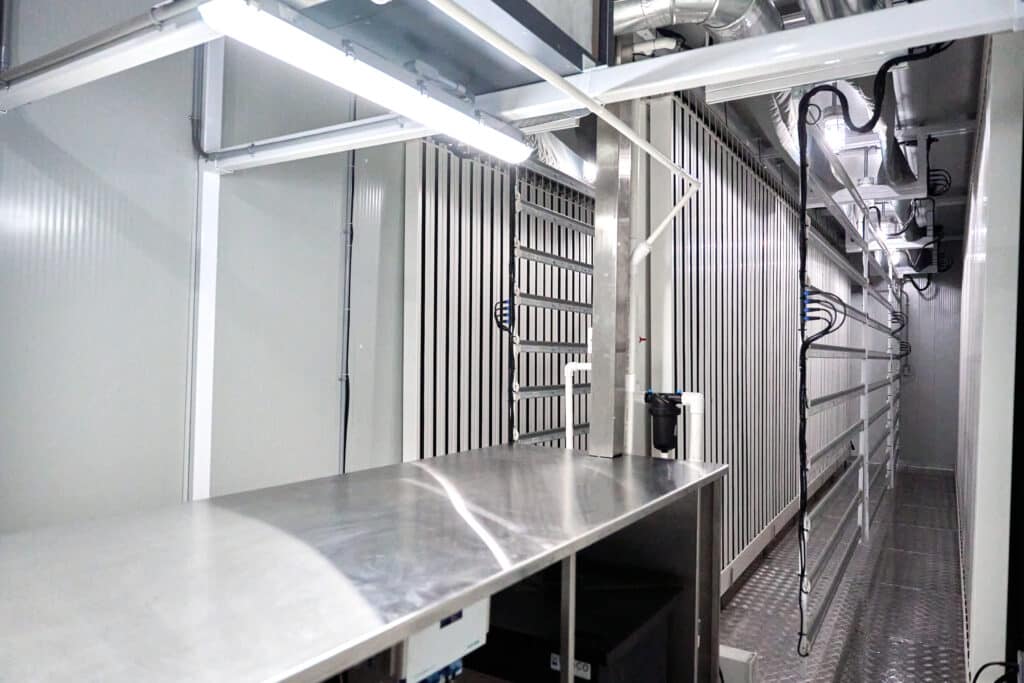
Many modern-day farmers have no previous experience growing hydroponically and/or as an entrepreneur. It can be a steep learning curve. At ZipGrow we are passionate about ongoing education and supporting our farmers. Through our free resources and UpStart University farmers can gain access to invaluable courses including hydroponics 101 as well as business acumen, what crops to grow, marketing and funding a farm.
Containing farming is fun, but it’s also work. There is certainly revenue to be made in container farming but by being prepared and planning the correct crops it will allow you to hit the ground running once your container is in place.
A related advantage of operating a container farm stems from environmental controls. Because the ZipPod is shielded from most weather conditions and can be placed in extreme remote locations farmers can offer specialty crops in areas that normally wouldn’t have access to those crops – at least not fresh. Equally if you’re in a population dense area a ZipPod can provide access to local food where field to fork is measured by blocks rather than miles. These crops can open up doors into specialty markets.
Delivery and get growing
One big benefit of purpose built container farms in general is that the installation is fairly fast, if all of the compliance work is taken care of, they are pretty much a turnkey operation.
Compared to indoor farms – where crews need to set everything up, and where there may be modifications to the building that require a building permit – setting up a container farm typically requires simpler preparation and resources. Custom built farms such as a ZipFarm have their own advantages, but plug and play isn’t one of them. A turnkey product speeds installation, but there is still preparation required.
You need to find real estate for your container farm, just like you would for a greenhouse. It requires a flat surface area or a poured concrete pad so there may be some preparation and costs involved depending on what and where the land is.
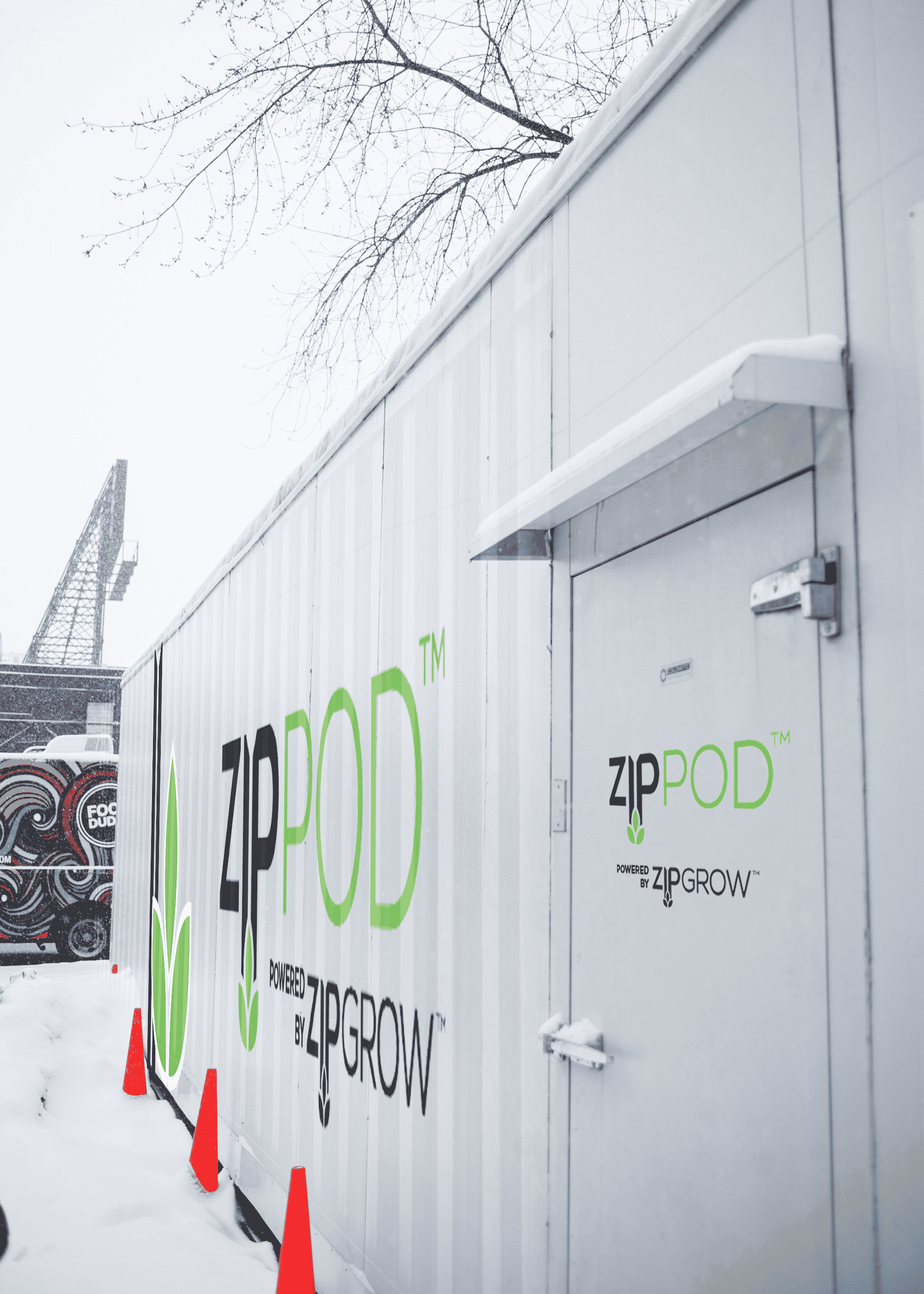
The ZipPod comes with a CSA electrical inspection, making it legal to connect anywhere in North America, have a 200-amp electrical service and access to a water supply and you’re good to go. For other parts of the world the engineering team can work on customizations to work with international requirements.
Take into consideration all of these additional costs plus the shipping of the container as you will need to be realistic about your total capital expenses before a seed has even been sown.
So who should grow in a container farm?
Container farms can be used in a variety of business settings from rural to ultra urban, the need to shorten food miles spans the globe. Here’s a list of just some of the types of businesses and organizations that a container farm would benefit.
- Entrepreneurs- small to medium biz
- Existing CSA farmers
- Community changemakers
- Non profits organizations including food pantries
- Research and educational centers
- Restaurants and restaurant groups
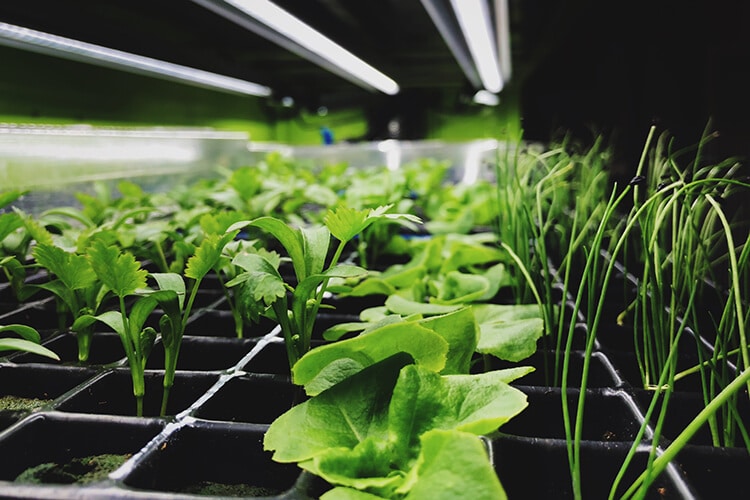
Finance your farm
You will need to have the capital to fund the operation or secure financing, there are several reputable companies or farm brokerages that can assist with this. Government funding to support localized solutions to the global food crisis through advanced ag-tech is becoming more mainstream as ministries recognize the need for alternative food production methods that are sustainable. You may also be able to obtain funding from grants, especially if your business model is a non-profit or social enterprise.
Down to details
For many years now we have seen farmers succeed and support communities all around the world using ZipGrow’s innovative systems. ZipPod is an extension of our products, a turnkey farm that may be a good fit for your business venture. We invite you to learn more about the technical specs and operating costs of a ZipPod to dig into specifics and speak with an account executive who can also provide support on some training options. We are here for your growing success.

